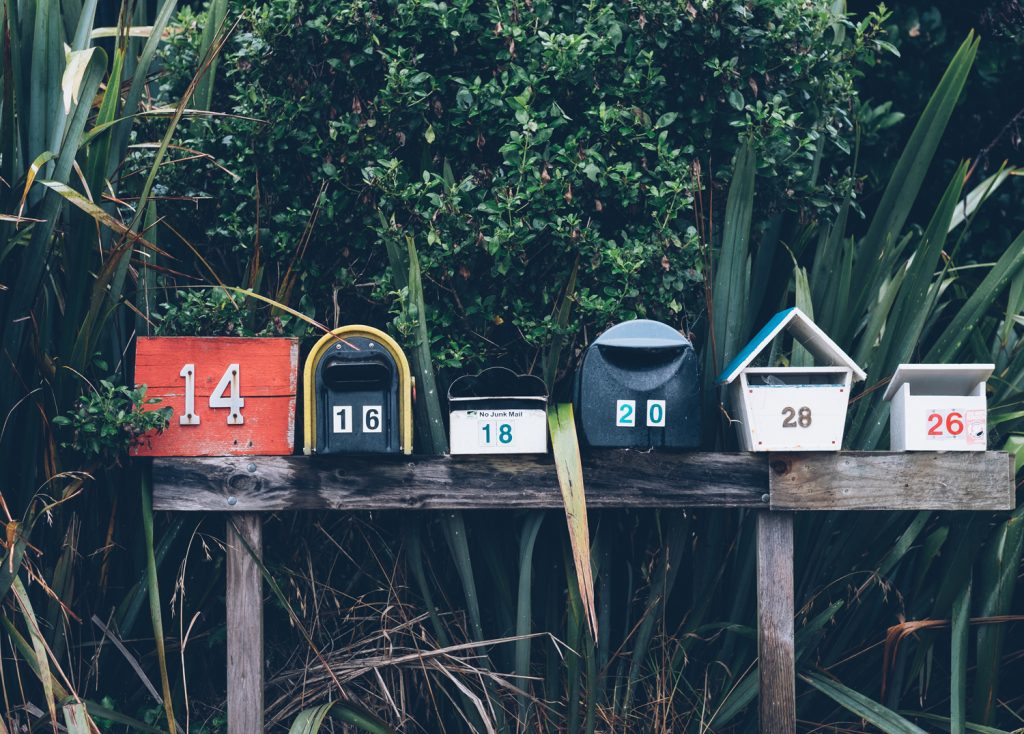Here are a few basic rules you should follow to avoid being categorised as a spammer and have your emails end up in your users’ unsolicited folders.
Email platform reputation
There are plenty of email platforms out there, as explained in our section Find an email platform, it is important to find one with a good reputation. But what is good reputation exactly? First of all and as explained earlier check who their clients are. If you can see some Blue Chip companies in there it’s usually a good sign. If not, it won’t necessarily mean they’re a bad email platform. Check their guidelines and rules before signing with them.
The more rules you see regarding the number of sends or using third party lists of emails, the better. It means they are very protective of their reputation and IP addresses and don’t want to be associated with SPAM. Just be careful they are not too conservative though as you still want enough freedom to send your email campaigns. As explained earlier, another quick way to check the reputation of email platforms is to check websites like Spamhaus or uribl to see if they’re listed or simply do a Google search on their name followed by the word spam and see what you can find.
Don’t use poor quality third party email lists
The temptation can be great, especially if you’ve just started building your own customer database and feel you don’t have enough email addresses yet. In this case it is still recommended to wait until your database is large enough to start any email marketing activities. Most of the third party email list providers will always tell you that their email lists are opt-in but the truth is none of their email recipients have opted to receive emails from your company.
So the chance is they will end up in your recipients’ spam folders. If they don’t, those recipients will be extremely suspicious as they won’t recall doing any previous business with you. Which can lead to your company being reported as a spammer. And all your emails (even the transactional ones or the ones sent to your own customers) may soon end up in spam folders. So once again, avoid third party email lists, they will only trigger trouble for your company.
Spam words
Obviously some words are difficult to avoid and these days most ‘salesy’ keywords are associated with spam. So the idea is not to remove all of them but to reduce their number. What are the words considered spam? There’s too many to mention but you should know that words like discount, free or save are considered spam words. So if you really have to use them, use them sparsely.
You may also want to consider having those words in a picture which would make them undetectable to spam filters. In the proper text of your email you can then avoid mentioning them again. There are also a few free tools out there that can help you determine the spam score of your emails, such as contactology . These will help you with the general structure and html of your emails and let you know if there are any mistakes you need to correct to avoid spam filters.
Picture/text ratio
This is another important thing you need to keep in mind. A good ratio is usually 50% text, 50% pictures. Also try sending some plain text emails from time to time and measure the results (open rates in particular). They’re usually quite good to get through spam filters. Avoid sending an email that is just one big picture. First of all it won’t look very good in Outlook as the default setting is to have pictures hidden. Second of all it will be deemed extremely suspicious by spam filters. Also try to split your big pictures into smaller ones this will help them load faster.
Unsubscribe link & process
First of all make sure you DO have an unsubscribe link in all your emails and that it is clearly visible. Unsubscribe forms are usually created in your email platform so make sure you create a form that’s simple and straightforward. Don’t hesitate to ask unsubscribers why they wish to be removed from your lists (too many emails, products or services not adapted to them, etc). This will give you some precious information about the reasons why those people wanted to unsubscribe. And will help you adjust the frequency of your email communications and the content of your emails in general.
Also make sure your email platform servers are reliable and there won’t be any downtime when people click on the unsubscribe link and try to access the form. This can be very frustrating and could result in those users reporting you as a spammer. Finally, check that the unsubscribe process works perfectly in all browsers and for all ISP’s (Gmail, Hotmail, etc).
Identify yourself
Don’t try to mislead your recipients or this may once again result in them thinking you’re spamming them. Clearly identify yourself in the sender’s name and email address. Add your company logo to the email header. Repeat your company name in the signature of the email. And also specify your postal address and company registration number in the footer of the email.
Clean your database
Check your deliverability after a few sends and export all soft and hard bounces from future sends. Before deleting them from your database you should have a look at them as they may have ended up as bouncers because of a simple misspelling in the email address that you can easily correct. Do this regularly as ISP’s and spam filters don’t like a high bounce rate.
Small segments
Don’t send huge quantities of emails in one go. If you have the option, also set the sending speed to slow or medium. This is a good way to avoid spam filters. Stagger your sends over several hours or several days. ISP’s will notice if you try to send too many emails at the same time and will end up sending some or most of them into spam folders.


